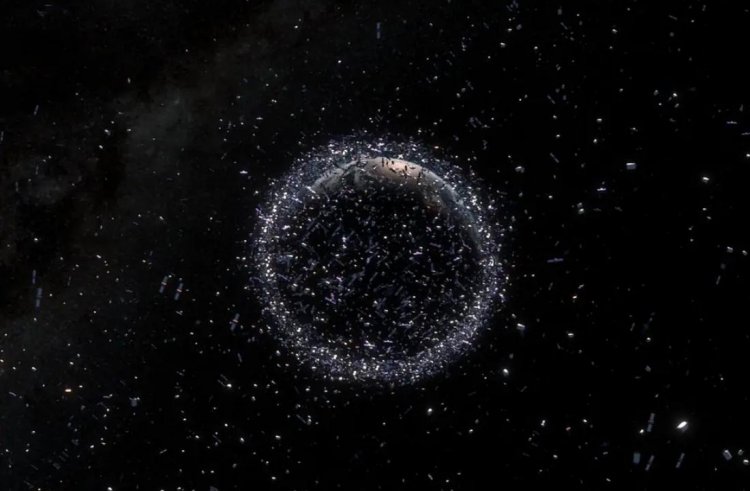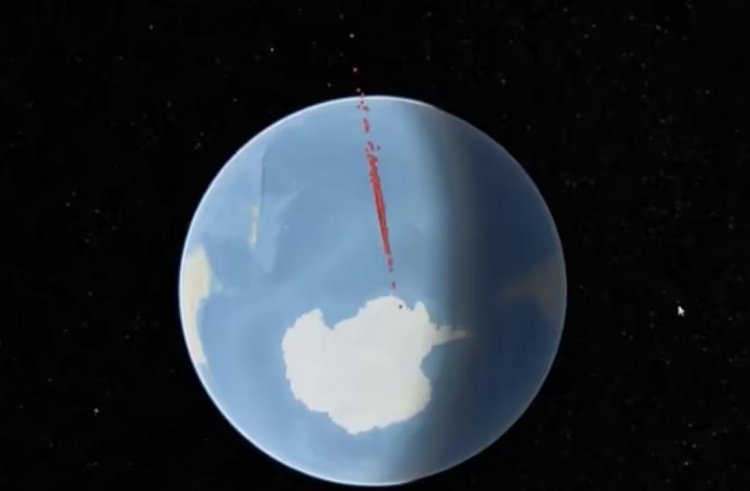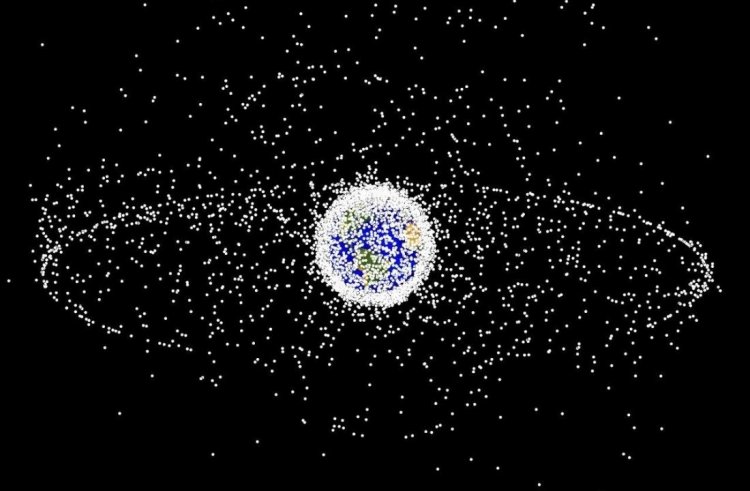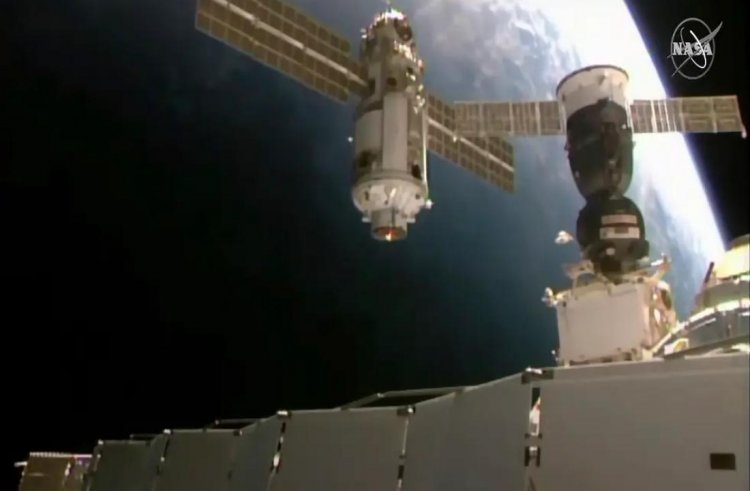Warning: Extreme space debris collision could leave debris in orbit for tens of thousands of years
Warning: Extreme space debris collision could leave debris in orbit for tens of thousands of years
Updated on April 14, 2022 15:26 PM by Andrew Koschiev
Pentagon report

According to a new Pentagon report, even if international guidelines were established and legally binding, space junk around the globe is still be a "formidable problem."Presently, around 25,000 space debris objects are more significant than 10 centimeters in size orbiting the planet. About 600,000 to 900,000 pieces of non-traceable junk could pose a risk to spacecraft and satellites.
Add Block
Fragmentation events

The Defense Intelligence Agency stated, "The probability of collision between massive derelict objects in LEO is rising, and it will continue to rise until at least 2030 as a result of fragmentation events like anti-satellite weapon testing, collisions or battery explosions, and a rapidly increasing number of space launches worldwide."The report stated that before 2007, most debris came from explosions in the upper stages of Satellite Launch Vehicles.
Three major events

But today, nearly one-half of all cataloged debris are fragments from three significant events, the unexpected clash between a US communications satellite and a dead Russian satellite in 2009, China's destruction of its defunct weather satellite in 2007, and the 2021 Russian Nudol ASAT test."A collision among these objects certainly would create 3,500–15,000 cataloged fragments and between 55,000 to 225,000 pieces that can't be traced," the report continues.
Add Block
Trackable fragments

The report admitted, "Although the debris contribution for a collision at 850 kilometers would generate approximately15,000 trackable fragments."It continues, "The debris from a collision at 1,500 kilometers would remain in orbit potentially for thousands of years."It added that "as the altitude gets closer to 1,500 KM, derelicts and debris can remain for more than 10,000 years."A collision of two objects at 975 kilometers, the most likely of the collision probabilities at about 1 in 120 chance per year, would leave many fragments in orbit for more than a thousand years."
Space debris guidelines

Although space debris guidelines were established in 1993 and adopted by the United Nations, countries have generally ignored our responsibility to keep the planet free from debris. An infamous study by Donald Kessler, a NASA scientist 1978 cautioned that if two large objects collide, the domino effect caused by the material breaking apart, crashing into other material, and breaking again, could create an impenetrable layer of junk that would make terrestrial space launches impossible. The report concludes, "Even if national and international guidelines were made legally binding, mitigation levels were made more stringent, or if adherence were even close to 100 percent. There would still be a formidable junk problem from the remnants of the first 63 years of space operations."





